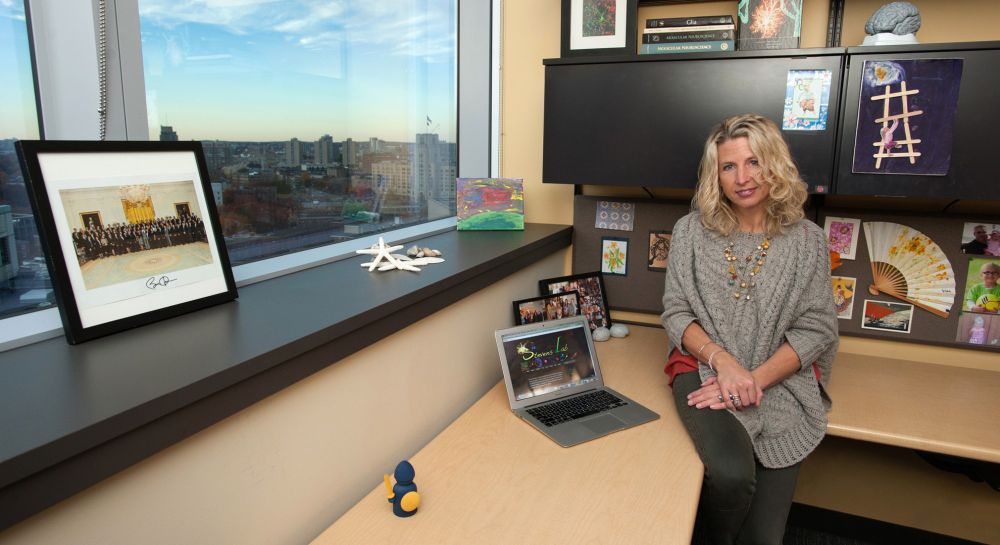Elinor Karlsson
@elinork.bsky.social
2.2K followers
1K following
45 posts
Scientist & artist. Prof at UMass Chan Med School & Broad Institute. Rice U alum. Founder of Zoonomia & DarwinsArk.org. Wants your dog’s DNA. And your cat’s! 🇸🇪🇳🇿🇺🇸
Posts
Media
Videos
Starter Packs
Elinor Karlsson
@elinork.bsky.social
· Sep 6
Elinor Karlsson
@elinork.bsky.social
· Sep 5
Elinor Karlsson
@elinork.bsky.social
· Sep 5
Reposted by Elinor Karlsson
Reposted by Elinor Karlsson
Reposted by Elinor Karlsson
Reposted by Elinor Karlsson
Reposted by Elinor Karlsson
Terry O'Connor
@osteoconnor.bsky.social
· May 16
Reposted by Elinor Karlsson
Reposted by Elinor Karlsson
Reposted by Elinor Karlsson
Carl Zimmer
@carlzimmer.com
· May 1
Reposted by Elinor Karlsson
Reposted by Elinor Karlsson
Elinor Karlsson
@elinork.bsky.social
· Apr 24
Reposted by Elinor Karlsson

















